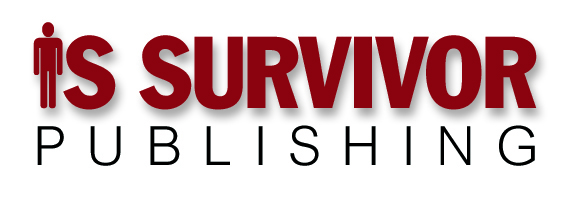It was an innocent question. I don’t want to embarrass anyone about actual recent events by relating the specifics. What matters is that it was a simple inquiry that should have been readily answerable.
I didn’t get a ready answer. It turned out I’d asked a tar-baby question.
If you aren’t familiar with the term, the original tar baby had its origins in African-American folklore. It was a doll made out of tar by Br’er Fox (the bad guy) to trap Br’er rabbit (the good guy). A tar baby is anything that’s easy to grab but hard to let go of once you’ve grabbed it.
[Because it matters: “Tar baby” has been accused of being a racial slur. Given its origins and meaning it isn’t, and given the lack of evocative synonyms I’m unwilling to give it up.]
I’d sent my question to everyone who might plausibly have known the answer. Several –probably the ones who figured they were responsible for answering — sent me responses that weren’t answers. After a couple of rounds of trying to clarify my question, it became clear that while someone should have figured it out quite some time ago, nobody ever had.
My question was a tar baby — having grabbed the topic I couldn’t let it go.
Except that yes, I could.
So can you. If you find yourself holding on to a tar-baby question, there’s a simple, although unsatisfying solution: Stop.
Don’t even announce that you’re stopping. Just stop. Unlike actual tar, you can let go of your email chain any time you want to through the simple expedient of not clicking the Reply/Reply All button. You won’t experience the satisfaction of closure, but you will experience the satisfaction of not wasting any more time on a losing proposition.
There’s a variation on this theme — asking a question when you know nobody can answer it. It’s a way to suggest someone should come up with the answer without volunteering to be that person, as you would if you were to recommend it instead.
There’s another variation on the same theme. Call it Q&A Dissonance. It’s when you ask a question and get an answer to a different question that sounds something like your question but wasn’t your question.
Usually, Q&A Dissonance is the result of the ambiguity inherent in human communication. Try to clarify in a Reply. If that doesn’t do the job, pick up the phone, or, if possible, walk over to where the other person sits and hash it out face to face.
Email might be the most efficient communication channel when you’re measuring efficiency in terms of your time budget, but the printed word lacks many of the nuances vocalization provides; voice-to-voice is far less robust than the body language and facial expressions that accompany face-to-face conversations; and nothing beats sharing a whiteboard.
There’s a variation on the Q&A Dissonance variation that’s far less benign. Call it Opportunistic Dissonance-Driven Posturing. (Or don’t — call it anything you like. I won’t mind.)
I found myself on the receiving end of Opportunistic Dissonance-Driven Posturing quite a few years ago when one of my then-employer’s executives came to town for a meet-and-greet with a large program team I was part of.
After his opening remarks he opened things up for questions. I asked one, about our company’s growth strategies. He answered … well, no, he didn’t. He instead lectured me about my sense of entitlement, my not being willing to make sacrifices to further the company’s success, and a few other choice items, all of which were centered on his personal history and virtues as models for me to emulate. “Did that answer your question?” he finished?
Well, no, but it answered two questions that were far more important: “Do you have any interest in what those of us here on the ground think?” and “Please reveal something important about your character.” Not that I had the presence of mind and absence of good sense to say that. I believe my eloquent reply was a mumbled, “close enough.”
Which brings us to the point of this week’s missive, to the extent there is a point: Every question is more than a request for information. Questions are also useful tools for making suggestions, and opportunities to build working relationships.
Beyond that, they call attention to whoever asks them. Sometimes you want that, as when someone who hears you ask it might think, “Now that’s a perceptive question.”
Know your audience before you call attention to yourself, though. Because for everyone who appreciates the value of perceptive questions there are probably a dozen who ask … themselves … a very different question:
Who do you think you are?
